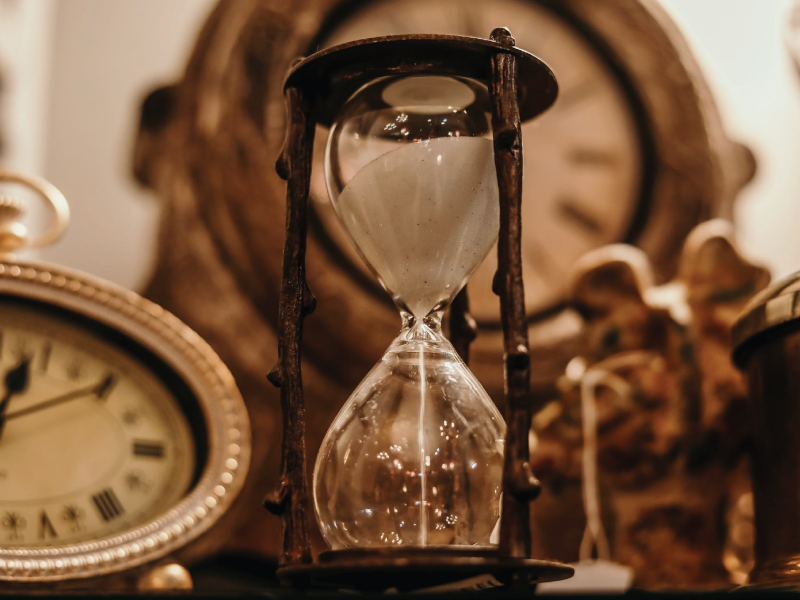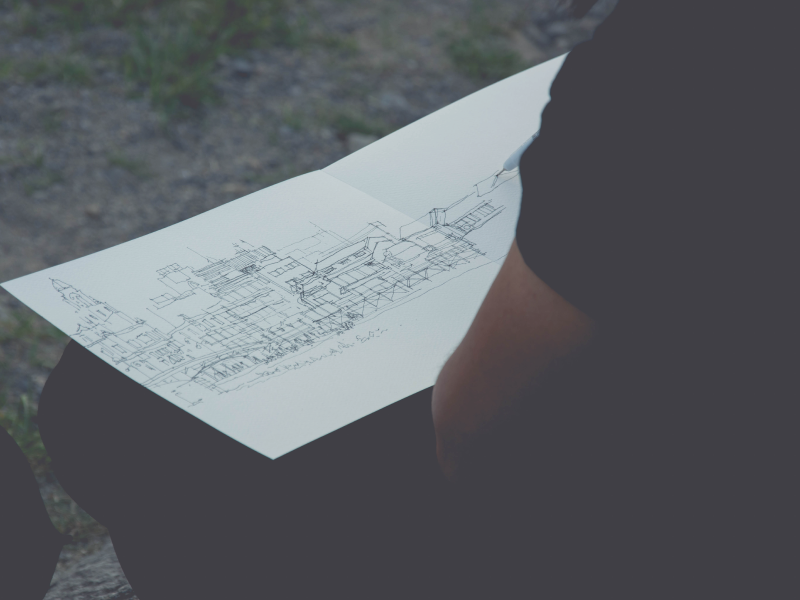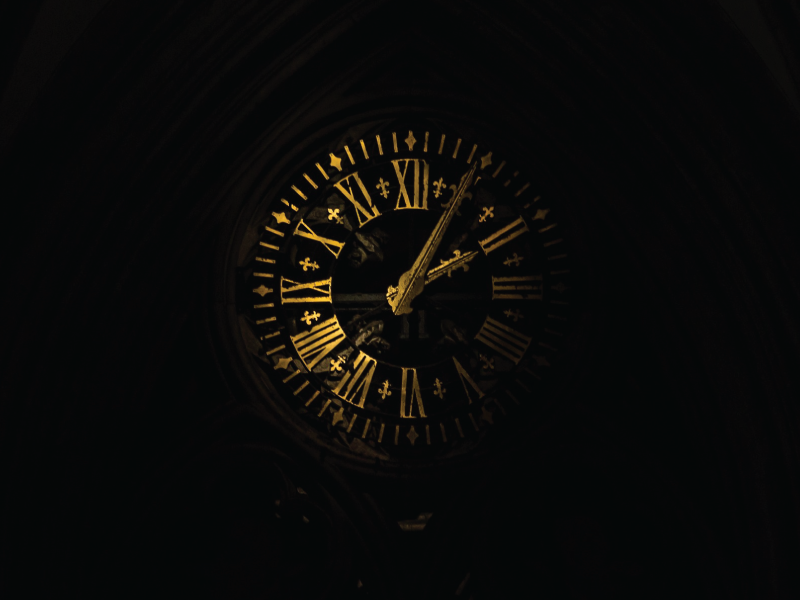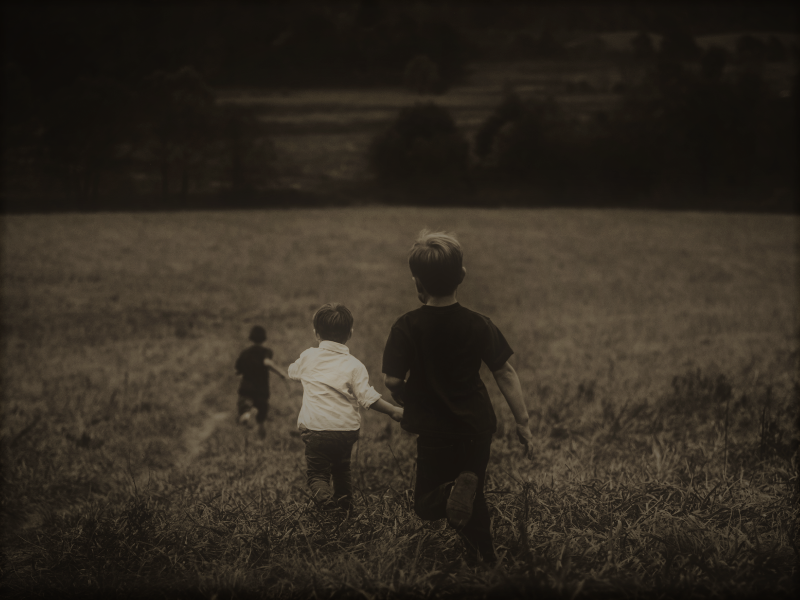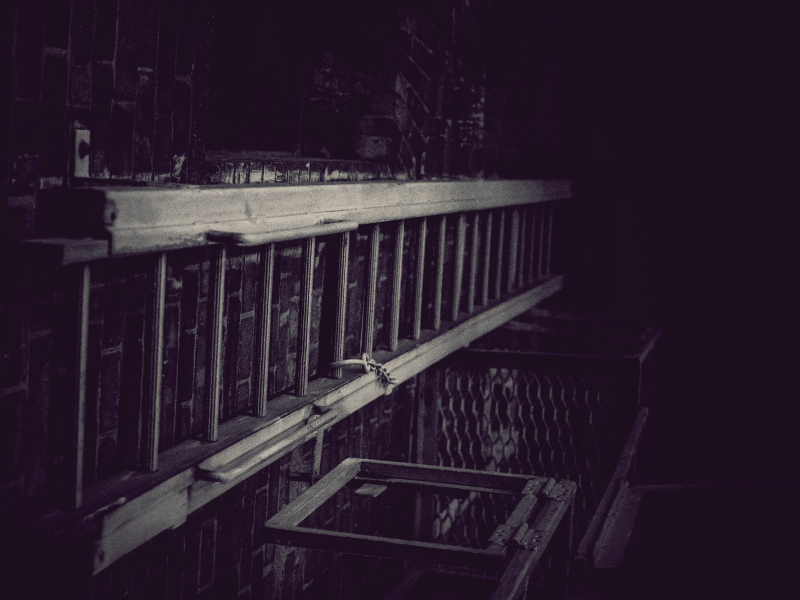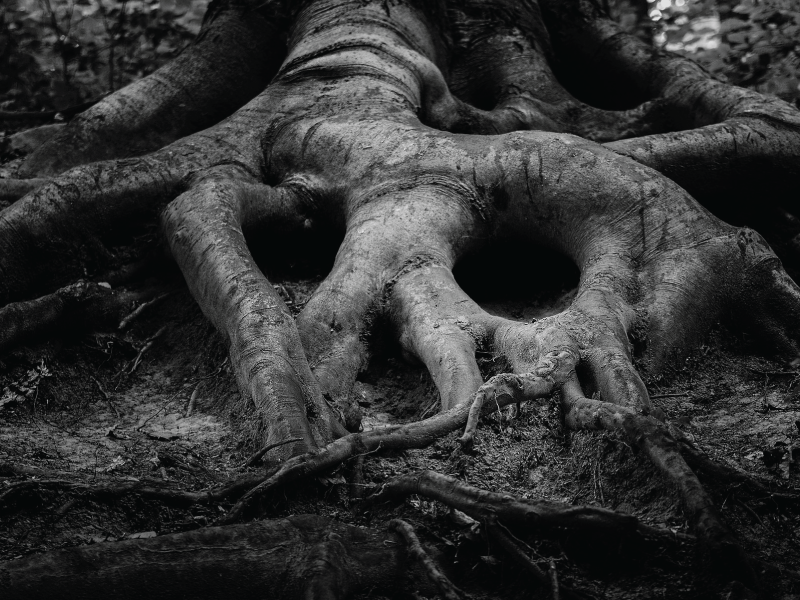What are the events that make up Movement One (or Act One)? How do these events translate into future acts and movements? Why is it important to keep Movement One as tight and clean as possible? Devin and Adam lay the groundwork for the events of Movement One.
Podcast: Play in new window | Download
Subscribe: RSS



